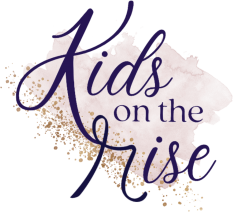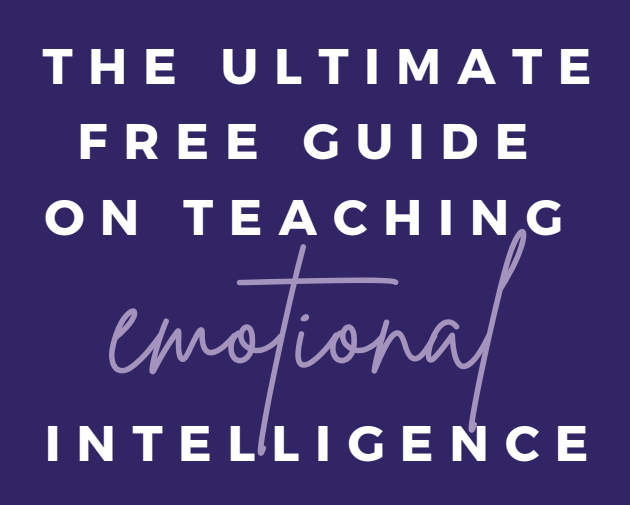Self Regulation is the “ability to manage our emotions and behaviour in accordance to the situation that is at hand. ” Lets be real here, managing emotions is hard for us as adults, its equally as hard for kids because their brains are still developing!
Guess what? Self regulation isn’t a skill that we humans are born with its is a skill that is learnt! Something even more exciting is that we can actually start teaching our kids this skill as early as 2!
Self regulation is the FOUNDATION for our kids. It will set them up to be successful in EVERY other area of life.
Without this skill it can impact our children’s ability to focus, learn, adapt, create, confidence, resiliency and so much more! It can also affect relationships and friendships, and I know we want our kids to be successful in all these areas! So we have to teach them this very important skill!
Think of Self Regulation as a muscle that needs to get stronger in order to then act on. For example when we workout our intention behind working out is to get stronger and build muscle, which takes time, consistency, practice and patience until we reach the goal.
Now you might be thinking how does this relate to kids and self regulation?
Think of building the SKILL of self regulation as a muscle that needs to get stronger. We need to apply the same concepts. It takes time, consistency, practice, patience and repetition until our children can actually ACT on the skills and use the tools we have taught them, because we TOOK the time to TEACH them.
Now you might be thinking, “yah okay Nicole but I don’t have the TIME to teach them” or “it takes TOO much work” or you simply just don’t know how.
I want you to know that I understand life is busy and there will always be reasons why we can’t fulfill on something.
But guess what? Teaching self regulation doesn’t have to be something that requires you to sit down and have a full on lesson with your child! It’s something that can happen and be taught organically through your daily interactions! It actually doesn’t require any MORE of your time!
I’d be lying if I said that this process was easy and only needed to be done a few times. The reality of this process is that it will take time and many repetitions before our children will be able to understand and act on it!
Now the juicy info you’ve been waiting for!
WAYS TO START INTEGRATING A LEARNING OF SELF REGULATION INTO THE HOME:
1. Talk about emotions.Share your emotions with your kids! Be honest and transparent (within reason of course, remembering in sharing our emotions we are not saying, “its making me upset that YOU are not listening to me”)
They are observing and imitating you regardless. So even if we don’t talk about our emotions kids feel us and HOW we deal with our own stressors in life, because lets be real “life can be stressful and chaotic at times” it isn’t always happy and go lucky. So if we don’t deal with stress well our children end up imitating us. Have you ever watched how your child shows up and then think to ourselves, “wow they are soo much like me, or their father”? we have those thoughts because they most likely learnt it from us. The crazy part about teaching our kids ANYTHING in life, is that we don’t have to SAY much, its in our ACTIONS is what they are observing and then going out into the world and that’s how they SHOW up. If you haven’t already started reflecting about how you show up when life gets messy then I invite you to consider that before moving onto step 2.
REFLECTION:
How do you show up when life gets stressful and challenging?
*self awareness is key**
2. Help your child to identify their emotions.Label their emotions happy, sad, angry, anxious, embarrassed, surprised, scared, shame etc. Think of ALL of the emotions. We tend to only teach happy, sad, angry, mad. But there are soooo many more that can be taught to help children understand their emotions. Learning about emotions doesn’t have to wait until our children are a certain age because we think they wont understand anyway. EVERYTHING we DO and SAY they are internalizing and will eventually act on! So it makes sense for us to SUPPORT these connections by labelling emotions. This could sound like, “You’re so happy and focused while playing with your lego!” OR you could say, “I see you’re feeling frustrated because your blocks keep falling down!”
3. Co-Regulation- Our children require us to co-regulate alongside them. Remember we CANOT TEACH self regulation in the PEAK of a behaviour. It has to be taught when our children are calm, and are actively using the rational part of the brain to internalize the information and then eventually ACT on it.
Teach children about taking 3 deep breaths, counting to 10 on their fingers or out loud, going to a calm down area/space, reading a book, colouring a picture, yoga poses, giving someone a hug.
Remember teaching self regulation will require a lot of reminders from us as parents or educators and it will take time!
I have your back through the entire process! Feel free to email me with any questions you may have!
Love,
Nicole <3



